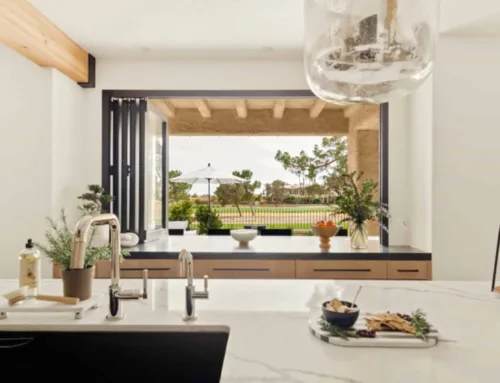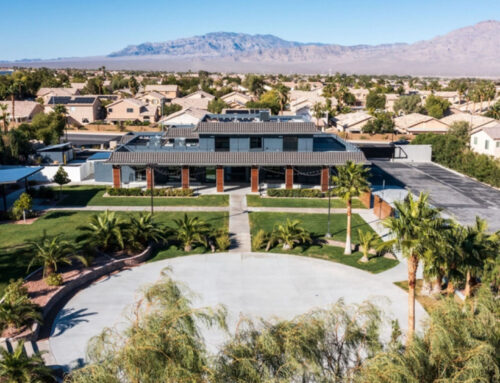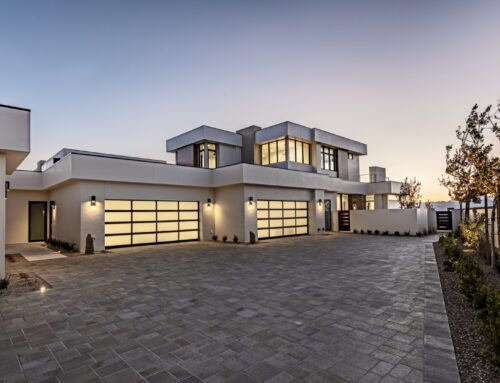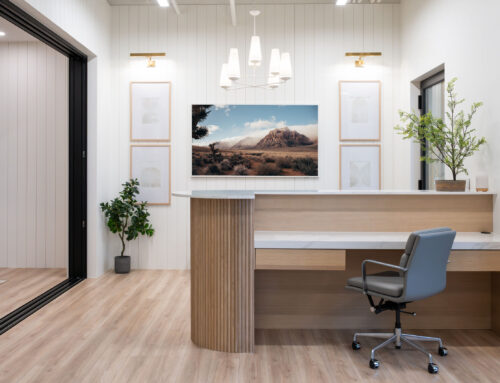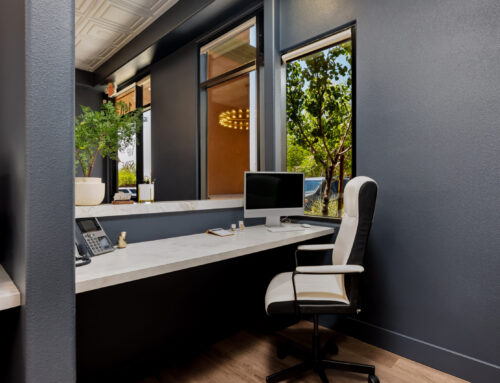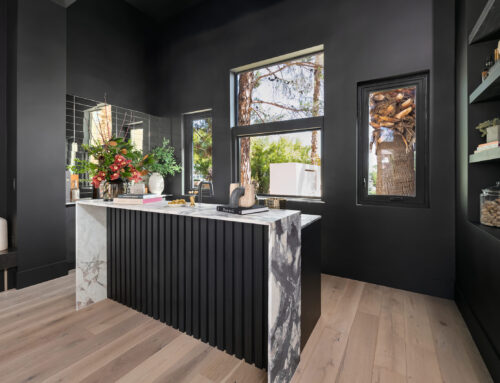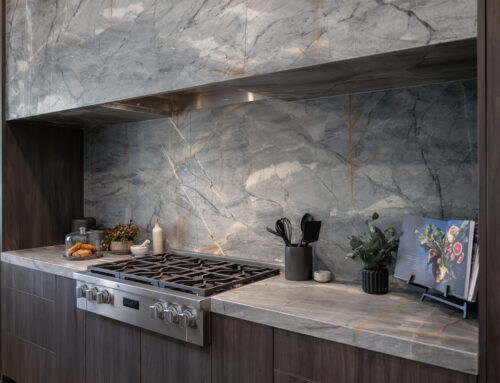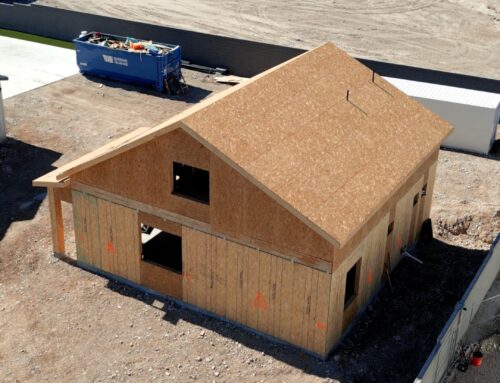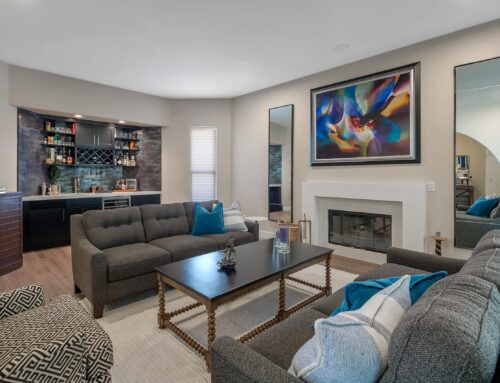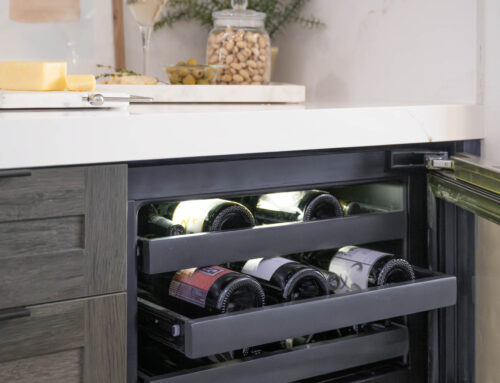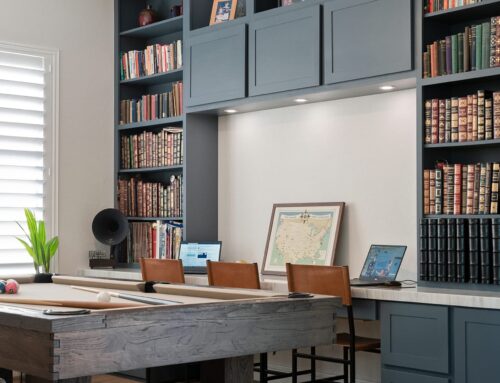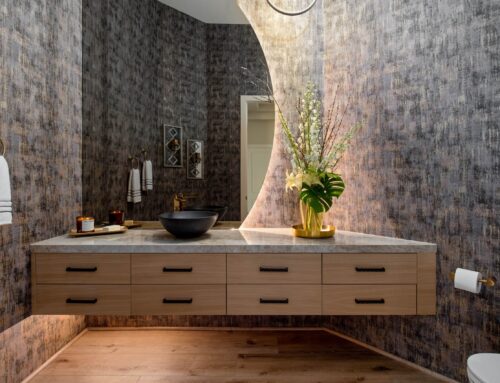The Role of Technology in Modern Commercial Renovations
Renovating a commercial space is no small feat. It involves extensive planning, design considerations, and coordination among various stakeholders. In today’s fast-paced world, technology plays a crucial role in ensuring that these renovations are efficient, cost-effective, and up-to-date. Let’s explore how technology is transforming modern commercial renovations.
The Evolution of Office Renovations
Office renovations have come a long way from basic interior makeovers to sophisticated redesigns that incorporate smart technology. Modern businesses demand spaces that are not only aesthetically pleasing but also highly functional and adaptable to changing needs.
Integrating Smart Technology
With the advent of smart technology, commercial renovations now include advanced systems for lighting, heating, and security. These systems can be controlled remotely, providing convenience and energy efficiency. For instance, smart thermostats can adjust the temperature based on occupancy, reducing energy consumption and costs.
Enhancing Collaboration Spaces
Modern office designs prioritize collaboration. Technology enables the creation of versatile spaces that can be easily reconfigured for meetings, brainstorming sessions, or solo work. Interactive whiteboards, video conferencing systems, and wireless presentation tools make these spaces highly functional.

The Impact of Technology on Business Remodeling
Business remodeling isn’t just about updating the look and feel of a space. It’s about creating an environment that supports productivity, innovation, and employee well-being. Here’s how technology is making a difference.
Efficient Project Management
Project management software has revolutionized the way commercial renovations are planned and executed. Tools like Trello, Asana, and Microsoft Project allow project managers to track progress, assign tasks, and communicate with team members in real-time. This ensures that projects stay on schedule and within budget.
Virtual Reality (VR) and Augmented Reality (AR)
VR and AR technologies are game-changers in the commercial renovation industry. They allow stakeholders to visualize the final outcome before the project begins. Clients can take virtual tours of the redesigned space, make adjustments, and provide feedback without any physical changes. This reduces the risk of costly modifications later in the process.
The Benefits of Commercial Renovations Tech
Investing in technology for commercial renovations offers numerous benefits. From cost savings to improved functionality, the advantages are clear.
Cost Savings
While the initial investment in technology may seem high, the long-term savings are significant. Automated systems reduce energy consumption, while project management tools minimize delays and budget overruns. Additionally, VR and AR can prevent costly mistakes by allowing for early adjustments.
Improved Functionality
Technology enhances the functionality of commercial spaces. Smart systems ensure optimal lighting and temperature, while advanced security features protect the premises. Furthermore, tech-enabled collaboration spaces foster creativity and teamwork, leading to better business outcomes.
Sustainability
Sustainable design is a major trend in commercial renovations. Technology plays a vital role in achieving sustainability goals. Energy-efficient systems, smart lighting, and eco-friendly materials contribute to a greener workspace. Moreover, technology can monitor and report on the building’s environmental performance, allowing for continuous improvement.
Real-World Examples of Tech-Enhanced Commercial Renovations
Example 1: The Green Office
A leading tech company recently renovated its headquarters with a focus on sustainability. They integrated smart lighting, heating, and cooling systems to reduce energy consumption. Solar panels were installed to generate renewable energy, and smart sensors optimized water usage. The result was a significant reduction in the building’s carbon footprint and operational costs.
Example 2: The Collaborative Workspace
A marketing agency transformed its office to promote collaboration and creativity. They used VR to design the space and gather feedback from employees. The final design included flexible workstations, interactive whiteboards, and video conferencing facilities. The renovation not only improved employee satisfaction but also boosted productivity.
Challenges and Considerations
While technology offers many benefits, there are also challenges to consider in commercial renovations.
Budget Constraints
Implementing advanced technology can be expensive. Businesses must carefully plan their budgets and prioritize the most impactful tech solutions. It’s essential to balance the initial investment with long-term savings and benefits.
Integration with Existing Systems
In some cases, integrating new technology with existing systems can be challenging. Compatibility issues may arise, requiring additional time and resources to resolve. It’s crucial to conduct thorough research and work with experienced professionals to ensure a seamless integration.
Training and Adoption
New technology often requires training for employees. Businesses must invest in training programs to ensure that staff can effectively use the new systems. Additionally, there may be resistance to change, which can hinder adoption. Clear communication and demonstrating the benefits of the technology can help overcome this challenge.

Future Trends in Commercial Renovations Tech
As technology continues to evolve, so too will its role in commercial renovations. Here are some trends to watch for in the coming years.
Internet of Things (IoT)
The IoT is set to revolutionize commercial spaces. Connected devices will provide real-time data on building performance, enabling proactive maintenance and optimization. For example, IoT sensors can detect equipment malfunctions before they become serious issues, reducing downtime and repair costs.
Artificial Intelligence (AI)
AI has the potential to transform commercial renovations in numerous ways. AI-powered design tools can create optimized layouts based on user preferences and usage patterns. Additionally, AI can analyze data from smart systems to identify areas for improvement and suggest cost-saving measures.
3D Printing
3D printing is poised to make a significant impact on commercial renovations. It allows for the creation of custom fixtures and fittings, reducing lead times and costs. Moreover, 3D printing can produce complex designs that are difficult to achieve with traditional manufacturing methods.
Conclusion
Technology is playing an increasingly important role in modern commercial renovations. From smart systems and VR to project management software and sustainable design, tech solutions are transforming the way businesses remodel their spaces. By embracing these innovations, companies can create functional, efficient, and future-proof work environments that support their goals and enhance employee well-being.
Transform Your Space with Kingdom & Co.
Are you ready to elevate your commercial building with innovative renovations? At Kingdom & Co., we specialise in integrating the latest technology and sustainable practices into your redesign, ensuring that your workspace is not only functional but also future-ready. Don’t miss out on the opportunity to enhance your business environment and improve employee satisfaction. Contact us today to discuss your renovation needs and discover how we can help bring your vision to life!





